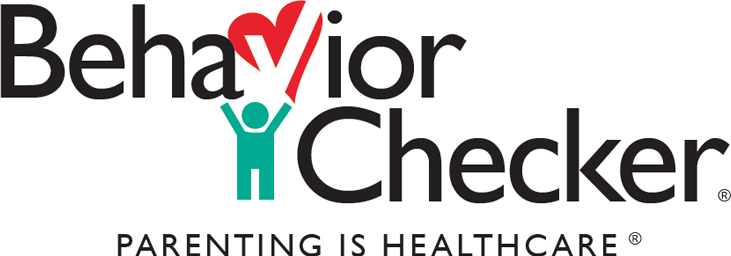Is the parenting advice in “What to do” and “What not to do” divided by age or gender?
NOTE: If your child is not meeting the milestones for his or her age, or if you think there could be a problem with the way your child plays, learns, speaks, acts, and moves, share your concerns with your child’s doctor. Just as importantly, tell your child's doctor if you are overwhelmed and think you cannot cope with your child's behavior. Don’t wait. Acting early can make a real difference! For more information, go to Learn the Signs. Act Early.
You know your child best. Ask yourself, "What is the behavior I want to change?" Focus on teaching your child "what to do" instead of yell, hit, bite, etc. Be specific, rather than telling your child “not to hit”.
We have provided many specific “ Related Behaviors” under each “ Behavior”. For example, “Aggressive Behavior” in your 4 year old may be “Yells”, but in your 10 year old, it may be “Pushes”. Your 2-year-old daughter might “Hit” and your 12-year-old-son might “Threaten”.
In that same way, you may choose the specific “What to do” advice. “Calm Time” may be the best advice to teach your 2-year-old biter not to bite and change that behavior. And your 8-year-old-child who pushes someone when he is angry might best learn to calm himself down and not push by teaching him Empathy. All of the “What to do” choices work—you pick which one or ones work best for your child. And then, consistently practice that discipline method, as instructed in the “What to do” advice.
Certain words and actions will feel more natural to use for some than for others. Change a word or two if the exact language we suggest doesn’t feel comfortable for you to say. Make what you say and do believable to your child. And don’t forget that the tone of voice you use can make the difference in motivating your child—stay calm and positive!
What Not to Do: It’s equally important to know what not to do for each behavior that you think of as a problem. This advice is for you when caring for a child of every age. These will help you prevent certain behavior problems from recurring, becoming worse, or creating another problem.

